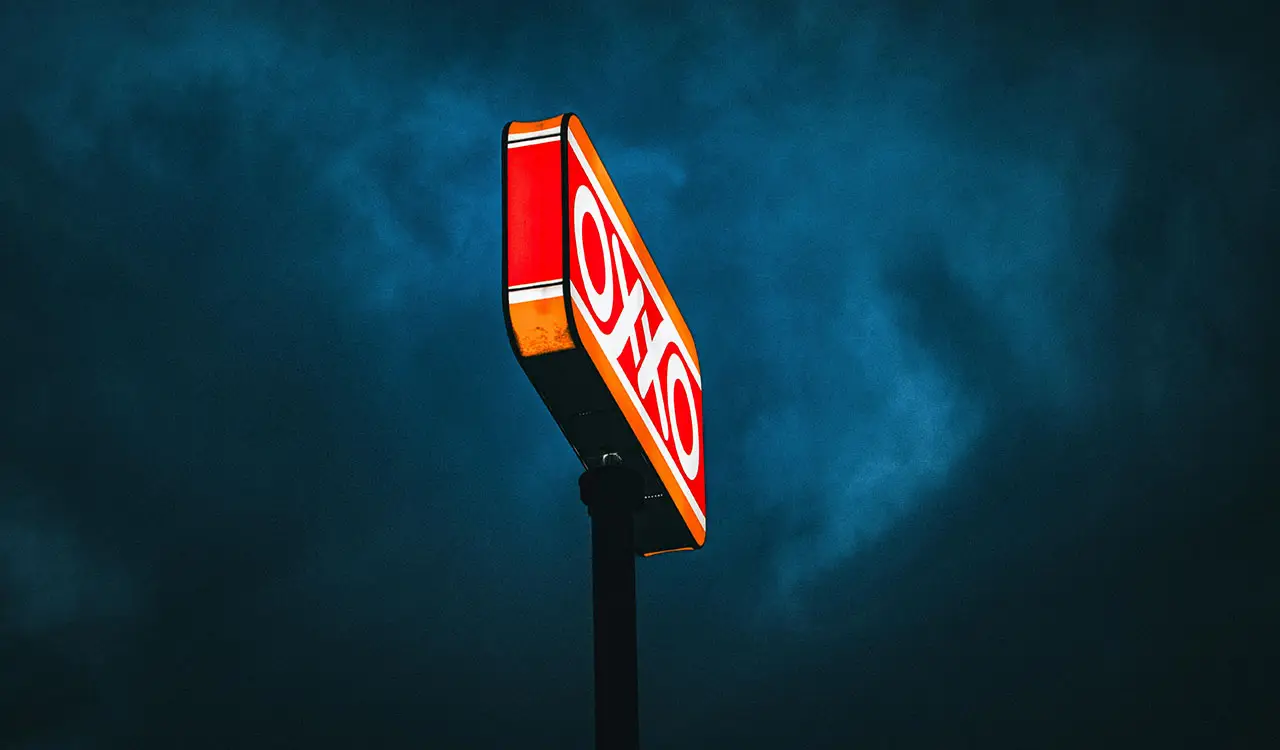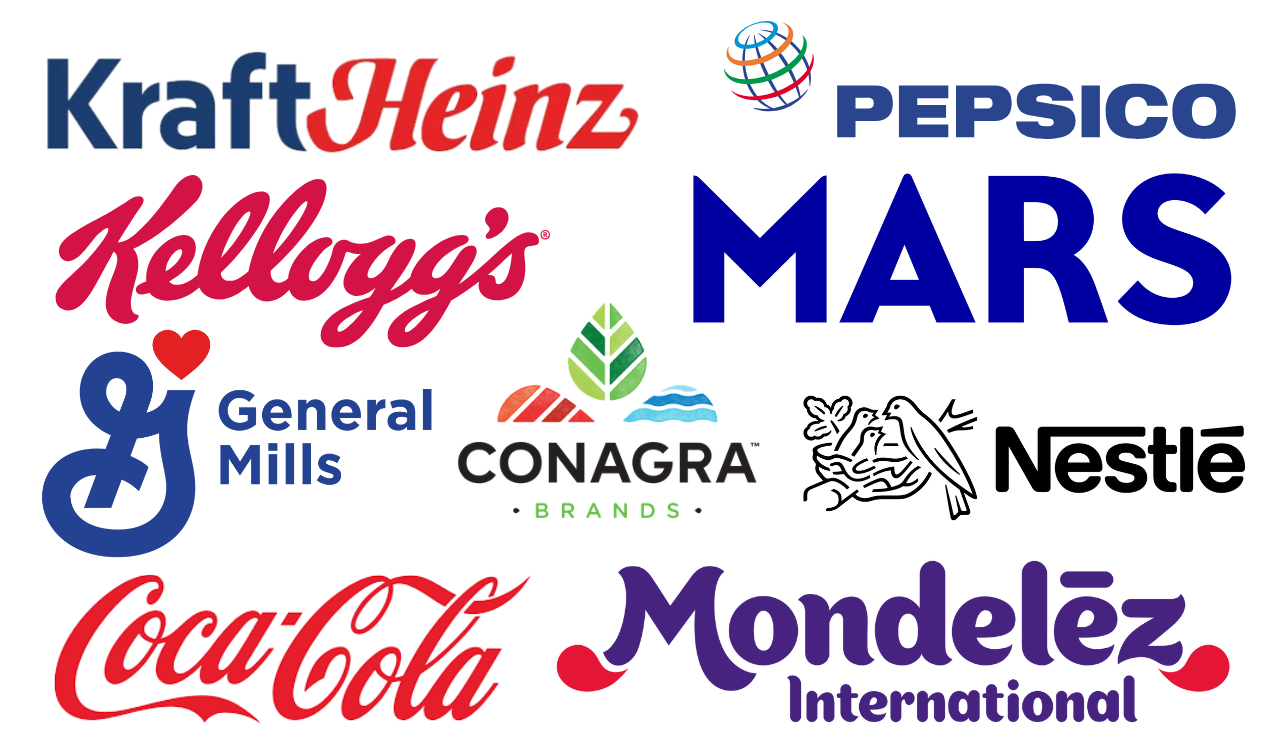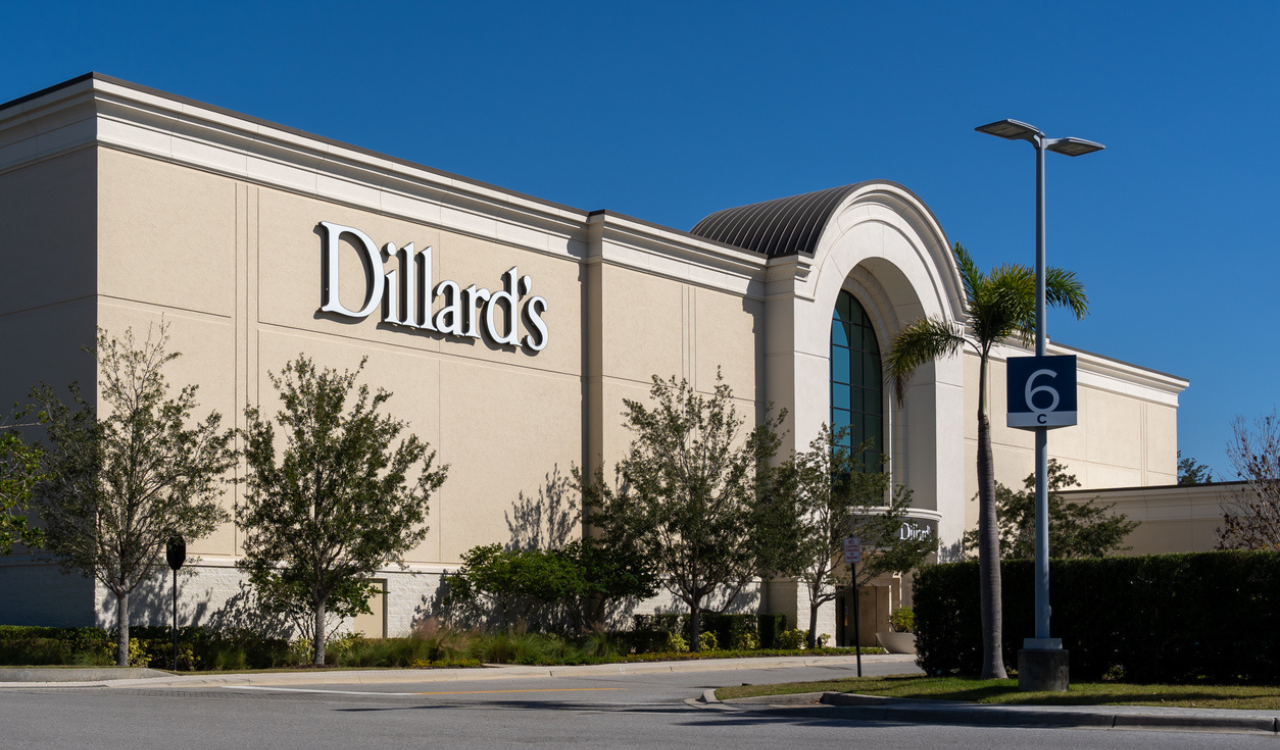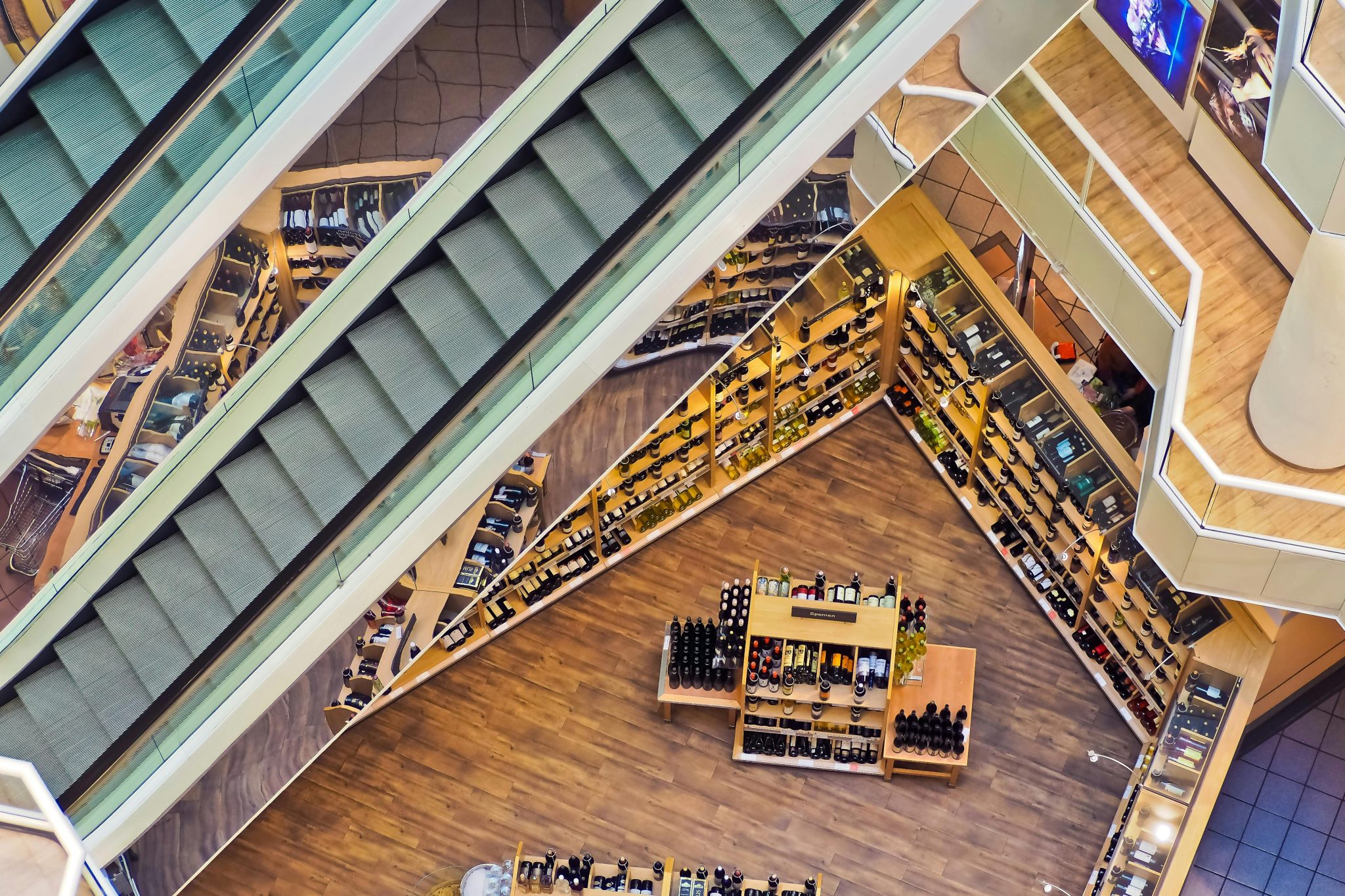The convenience store sector is undergoing a major transformation. Strategic moves by key international players are expanding footprints in the U.S. and beyond. Notable developments include the OXXO U.S. expansion venture and Couche-Tard’s acquisition talks with 7-Eleven. Both developments underscore the dynamic nature of the convenience category and the American market.
Femsa benefits from localized offerings that target specific consumer needs catering to growing Latin American food tastes. With strong vendor relationships and food service capabilities, OXXO is poised to storm the U.S. market with more acquisitions.
Monthly convenience store visits have been consistently elevated year over year (YoY) since February 2024. According to Placer.ai. This segment has undergone significant shifts, embracing more diverse offerings like fresh food and expanded dining options, while also exploring new markets and adapting to changing consumer needs.
OXXO: Mexico’s Mega Convenience Chain
OXXO’s growth story is one for the ages. OXXO announced in August its plans to enter the U.S. market by acquiring the retail division of Delek U.S. Holdings. Delek is predominantly a petroleum refinery company with a transportation group for site deliveries. Also, with 249 convenience stores selling gasoline, Delek’s footprint is concentrated in Texas with some locations in New Mexico and Arkansas.
OXXO Convenience, part of the retail division of Femsa Proximity, currently has 22,700 stores in Mexico with an additional 670 in its OXXO Fuel group. It has another 1,000+ locations in the rest of Latin America and a healthcare group of 4,500 drugstores in the Americas. In 2022 it bought the European chain Valora, which operates small proximity stores with over 2,700 locations in Central and Eastern Europe. Overall retail revenue in the Americas was over MXN340 billion (USD20 billion) with growth for 2023 vs. 2022 of 19.2 percent. In total, OXXO operates more than 30,000 locations of its branded fuel and retail chain in 11 countries.
C-Store Distress
The convenience sector has rolled out a number of gleaming new formats to attract shoppers on the go. But many cross-country highway locations still project a downscale, seedy image. These optics have challenged most players, particularly those companies with core strength in fuel that evolved into convenience retail. While it’s a category that is outpacing other retail growth, consumers often don’t know what to expect when they walk in the door. Will it be clean? Is there a healthy snack option? Are the prices fair? Will the décor be off-putting?
Up-market coffee stations sit side-by-side with spinning hot dog rotisseries, sugary snacks and beef jerky displays. Cleanliness can be a factor, especially in the restrooms. Anyone who drives cross-country is aware of the discrepancies in product, presentation and operators of these C-stores. While a visit to QuikTrip delights shoppers with a fresh food presentation and ambiance worthy of sitting down for a meal, some 7-Eleven visits could be on par with a gritty hole-in-the-wall ambiance.
OXXO Nails It
New entrants like OXXO can upgrade this uneven retail category in the U.S. with predictability and tighter operations. To maintain a high level of customer service, OXXO is known for three strategic pillars: localized product offerings, strategic locations and technology integration.
According to David Marcotte, Senior VP of Global Retail and Technology for Kantar, “OXXO’s ability to localize product is likely to be their strongest playing card in the U.S. Also, they know the Hispanic consumer. For example, a rural location outside Mexico City will be quite different than an urban store in Bogota near a university, where food service would be a stronger focus. They know the nuances of preferences throughout Latin America.” In other words, they think globally and operate locally.
Femsa’s Laggard Entry to the U.S.
In a case of convenient serendipity, Femsa has been clear for years about its intention to enter the U.S. market, while Delek has openly stated a desire to sell its retail group. There were a number of factors that kept this enormously efficient retail operator from expanding into the desirable U.S. market. First off, they needed to build the capability to match the American model of convenience stores paired with fuel sales. In Mexico, the company started to build OXXO Fuel, struggling at times to buy gas from the nationally owned PEMEX petroleum monopoly. Despite this, over the last five years, the company was able to build 660+ locations to American-standard formats to not only meet the convenience needs of Mexican drivers but also prepare for entry to the U.S.
The other obstacle was Femsa’s lucrative distribution rights to Heineken outside of the U.S. American laws forbid liquor distributors from ownership positions in retail outlets. In 2023, Femsa sold their $3.8 billion stake in Heineken in cash transactions to clear their way to the States. “This provides them with unparalleled cash on hand for surging into new stores, remodels and M&A,” according to Marcotte.
OXXO U.S. Expansion
The OXXO U.S. expansion is expected to bring a fresh perspective to the market. Understanding consumers’ situational needs is the fuel to take share away from QSRs (think Taco Bell), small groceries, and coffee shops—particularly Dunkin, and more. Femsa benefits from localized offerings that target specific consumer needs, catering to growing Latin American food tastes. With strong vendor relationships and food service capabilities, OXXO is poised to storm the U.S. market with more acquisitions.





